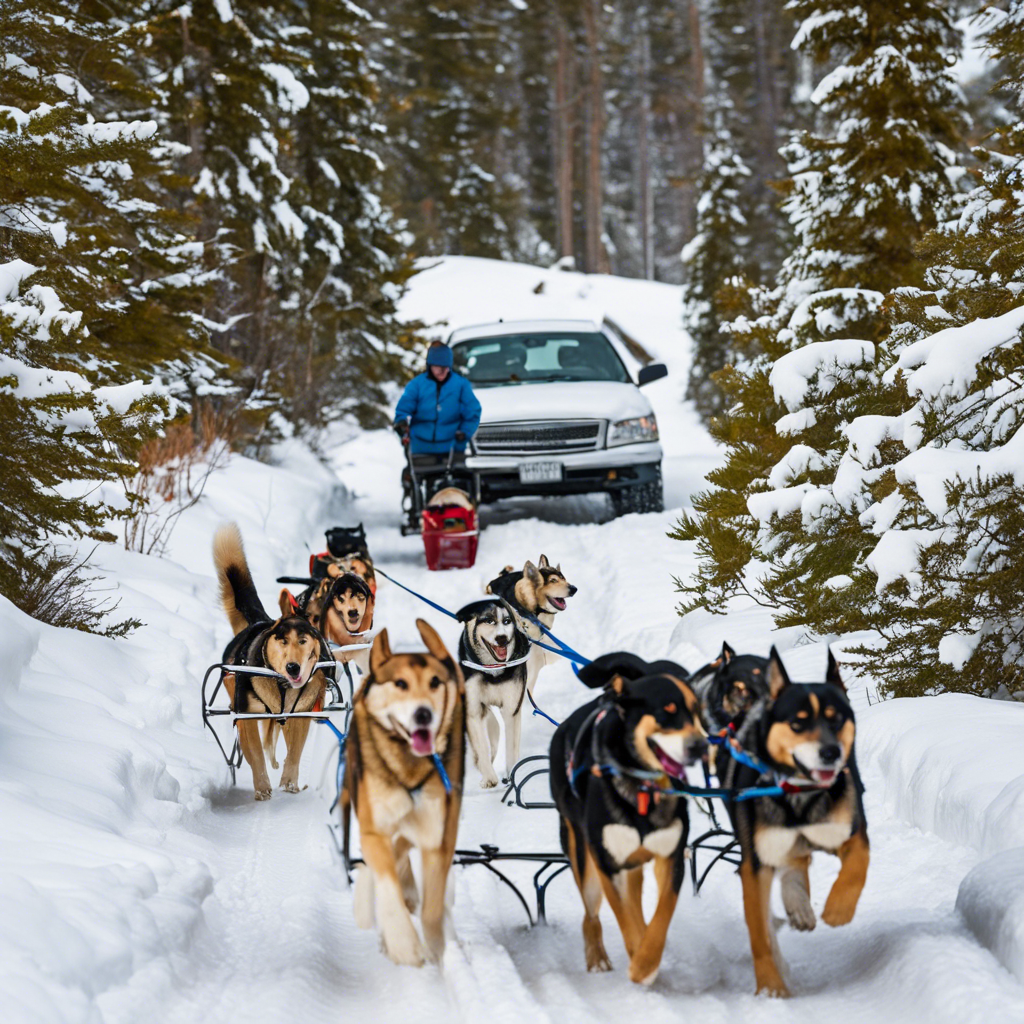Get ready for an exhilarating adventure as we delve into the fascinating world of dog sledding and explore the various sleds that can transform your winter workouts into an unforgettable thrill ride! Winter is the perfect season for dog sledding enthusiasts to embrace the cold and bond with their furry friends while enjoying the great outdoors. Dog sledding, an ancient mode of transportation turned thrilling sport, offers a unique way to experience nature and engage in an exciting workout. But before you embark on this icy journey, it’s crucial to understand the different types of sleds available, each with its own distinct characteristics and advantages.
Recreational Sleds:
For those new to the sport, recreational dog sleds are an excellent starting point. These sleds are typically designed for shorter distances and leisurely rides, allowing both the musher (the person steering the sled) and the dogs to enjoy the experience without intense physical demands. Recreational sleds are often made from lightweight materials like aluminum or wood, making them easy to handle and maneuver. They usually feature a single bar that the musher can grip, with a basket for carrying essentials and a comfortable standing position. This type of sled is perfect for beginners, offering a fun and relaxed way to explore the beauty of winter landscapes with your canine companions.
Racing Sleds:
If you’re ready to take your dog sledding to the next level, racing sleds are the ultimate choice! Designed for speed and performance, these sleds are utilized in professional competitions and by experienced mushers. Racing sleds are crafted from lightweight materials such as carbon fiber or high-grade aluminum, ensuring minimal weight to maximize speed. They feature a streamlined design with a low profile and a backrest for the musher, providing control and stability at high speeds. The musher typically navigates the sled in a semi-crouched position, reducing wind resistance and allowing for superior control. This type of sled is built for efficiency and is a popular choice for long-distance races and intense workouts.
Training Sleds:
Training sleds play a vital role in preparing both the dogs and the musher for competitive events or extended journeys. These sleds are often heavier, designed to build strength and endurance in the dogs and improve the musher’s handling skills. They usually have a sturdy frame and a larger basket for carrying additional gear and supplies. Training sleds are excellent for simulating real-life race conditions, enabling you to practice navigation techniques, weight distribution, and teamwork with your dogs.
Traditional Sleds:
For a classic dog sledding experience, consider traditional sleds inspired by the rich history of this sport. These sleds are often crafted from natural materials such as wood and feature a classic design with a large basket and a front bar for the musher to hold onto. Traditional sleds are ideal for those seeking an authentic and nostalgic dog sledding adventure, offering a glimpse into the sport’s origins while still providing a challenging workout.
Each type of dog sled caters to different skill levels and purposes, ensuring there’s something for everyone. Whether you’re a novice looking for a fun outdoor activity, an experienced musher aiming for the podium, or someone in between, there’s a sled tailored to your needs. Dog sledding is an exceptional way to bond with your dogs, enjoy the breathtaking winter scenery, and engage in a physical activity that will keep you fit and entertained throughout the colder months. So, gear up, choose the sled that suits your goals, and embark on a journey like no other!
In the next article segment, we’ll delve into the intricacies of each sled type, exploring their specific features and providing tips on selecting the perfect sled for your winter adventures. Stay tuned for more insights into this incredible winter sport!

